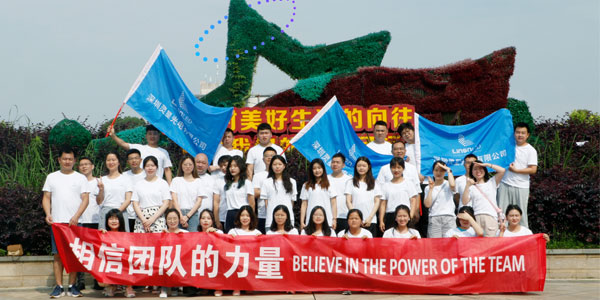LED Display Screen Moisture-proof Instruction
The moisture-proof and waterproof methods for LED display are always what our suppliers and customers concern about. If LED lamp lights absorb too much water and moisture, it will easily cause performance failure. To ensure LED displays can shine beautifully even in humid weather, we must keep off moisture for our LEDs. This article will inform you of the reasons, damage, and reasonable precautions of LEDs damp to help you do a good job!
LED display Waterproof ≠ Moisture-proof
The water-proof and moisture-proof are two different things. Waterproof methods aim to avoid water absorption while that of moisture-proof measures is to keep off humidity and moisture.
The packing materials of LED components are mainly plastic such as epoxy resin which belongs to the polymer material, and the interval between molecules of these materials is large. That means vapor water can penetrate the body case through the interval. However, as the tension and fluidity of liquid water molecules are comparatively weaker, the penetration process will be comparatively much slower.
Though LED display and outdoor LED lamps can be waterproof because of their special structures, however, the indoor and outdoor LED lamp lights still moisture-sensitive electronic components. Here is a picture that represents how moisture and water penetrate LEDs.

Damage of Dampness for LED Lamps

Case B: The air was humid during the Spring Festival with the LED screen being power-off for many days. As a consequence, serial lighting up happened when turned it on again after the holiday.

LEDs Moisture-proof Measures
There are several aspects for you to understand LED Display moisture-proof measures.
1: The Storage of LED Lamps
When LED lamp beads are transported and stored, please heighten the LED lamp beads with objects to avoid water absorption and moisture absorption.

2: Precautions During SMT Processing
The lamp beads shall be subjected to baking before SMT. Please adopt corresponding solutions for different products and different levels of moisture.
Please pay attention to the control environment when conducting SMT. The recommended temperature is 20℃~30℃ and humidity shall be 40%RH~60%RH. Besides, the period is a necessary factor, too. Processing it as soon as possible after taking out of the oven or drying cabinet.
Table1: Baking conditions


3: The Package of LED Display Modules
LED display Modules and cabinets must be vacuumed and sealed with desiccant when stored or transported. Avoid installation of LED screens and renovation carried out at the same time because the surrounding environment will be unpredictable, and the LED modules may be exposed to a humid environment for a long time without use.

4: The Use of LED Screens
After installation, LED display screens shall be often turned on for dehumidification. If LED displays are not turned on for quite a time, please dehumidify them before use. A recommended method is to bring up the brightness from a low gray level which can heat the LED boards up gradually to dispel dampness.

There are steps below:

If you take the right measures of avoiding dampness of your led display screens, they can perform stable without fear of wet weather! More moisture-proof information and details can be seen in the file attached below. SMD LED Moisture-Proof Instruction Download
